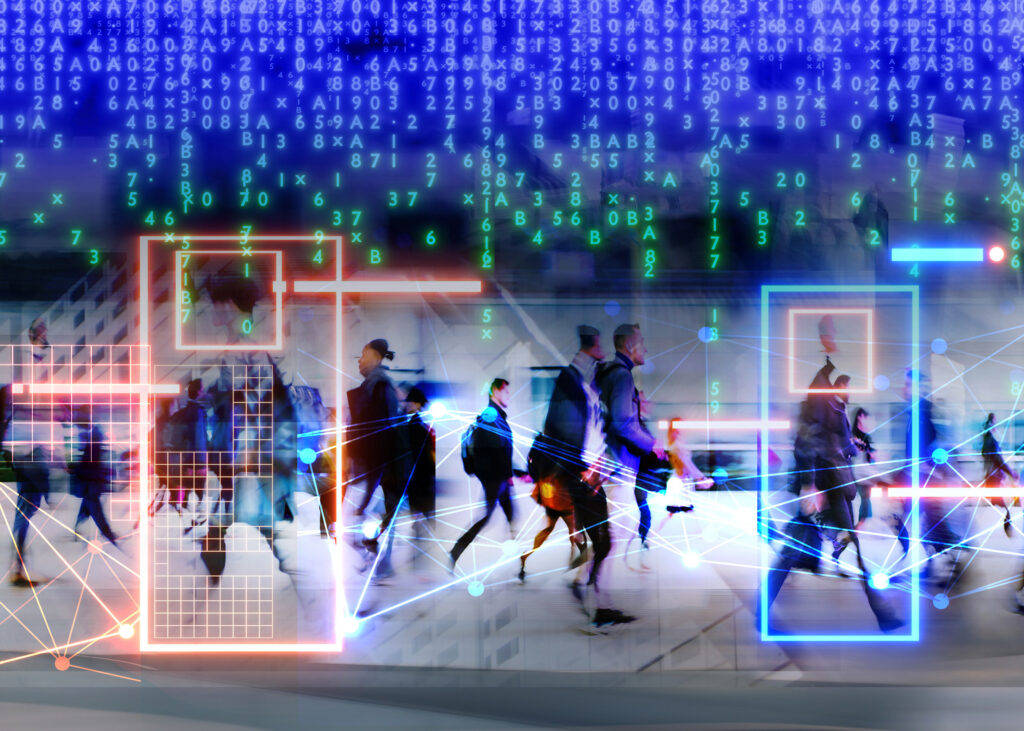Tragic shootings such as Uvalde are driving schools, businesses, and more to find new methods of active shooter prevention. Solutions are needed that not only help identify attacks but can quickly act on warning signs and prevent a shooting from ever taking place.
As a result, the market for products that detect concealed weapons is predicted to double from 2022 to 2023. One of these products, artificial intelligence (AI) gun detection technology, is already being adopted across the United States.
Using existing infrastructure
An assailant will show their weapon between two and 30 minutes before firing a shot. That window of time allows for quick action that could prevent an attack. However, it requires constant monitoring.
Schools, businesses, and other organizations already use cameras to analyze their environment for risks or suspicious behavior. In fact, 83% of public schools use security cameras as of 2018, a significant increase from 19% of schools equipped with security cameras in 2000.
The challenge is that there is too much footage to monitor constantly. Risks can and do slip through the cracks, but active shooter prevention necessitates constant vigilance. This is where AI comes in.
Also read: Violent Crime Victim Compensation: What Assistance Can Victims of Active Shooters Expect?
Rapid Response Active Shooter Prevention
AI identifies potential assailants by analyzing the vast amount of footage available from security cameras. The benefit is that it builds on an existing camera network that has already been installed across the country, enhancing effectiveness instead of replacing what is already there.
AI uses predictive algorithms to analyze information and identify weapons or suspicious behavior. It can even discern between a police officer’s and an active shooter’s weapons, reducing false positives. Once it identifies a risk, it can notify officials, lock doors, prevent further access to a building, and more.
Speed is what sets AI apart. From detection to law enforcement dispatch, it can take less than 30 seconds, reducing the burden on security officers who have historically needed to monitor multiple video feeds. The result is a system that slots into existing security processes, saves valuable minutes, and allows law enforcement more time to react.
Technology as a Deterrent
While faster active shooter prevention is one benefit of AI, a secondary effect is the potential for AI to act as a deterrent. Knowing that a system monitors camera feeds at all times to pinpoint risks with a new level of accuracy will help give assailants pause and may even deter the attack from happening in the first place. Technology is only improving to help deliver that deterrent as new applications for AI are being discovered.
For instance, in 2022, the U.S. Air Force began testing a combination of AI with drones on its bases. The goal was to utilize existing AI gun-detection technology while eliminating the need for an immediate human response. Instead, they deployed a drone or robot to use non-lethal means of disorienting, disarming, or otherwise hindering an active assailant. Sirens, strobe lights, and more were all used to slow down an assailant and lengthen the precious time before a shooting took place. The day may come when human intervention is no longer required in active shooter prevention, lowering the risk for both potential victims and law enforcement.
Also read: Top 10 Things to Look For in an Active Assailant Policy
Taking All Possible Precautions
While the technology of tomorrow is set to help organizations before an attack, all efforts should still be made to shore up defenses in the event one takes place today. Active shooter prevention must be a priority when establishing safety processes.
Auditing the workplace will help identify weak points before an attack, enabling proactive measures such as creating new exit routes and instituting better security measures to prevent access. Professional training can also help workers manage high-pressure situations and make decisions that can save lives.
Organizations should also invest in active shooter liability insurance to cover all their bases. The right policy protects all classes of businesses, from public entities to government agencies. It also will cover attacks beyond gun violence, from knives to vehicular attacks, while preventing the loss of valuable time and money. Active Shooter/Workplace Violence Insurance from McGowan Program Administrators considers all business classes and delivers a full range of coverages for organizations.


